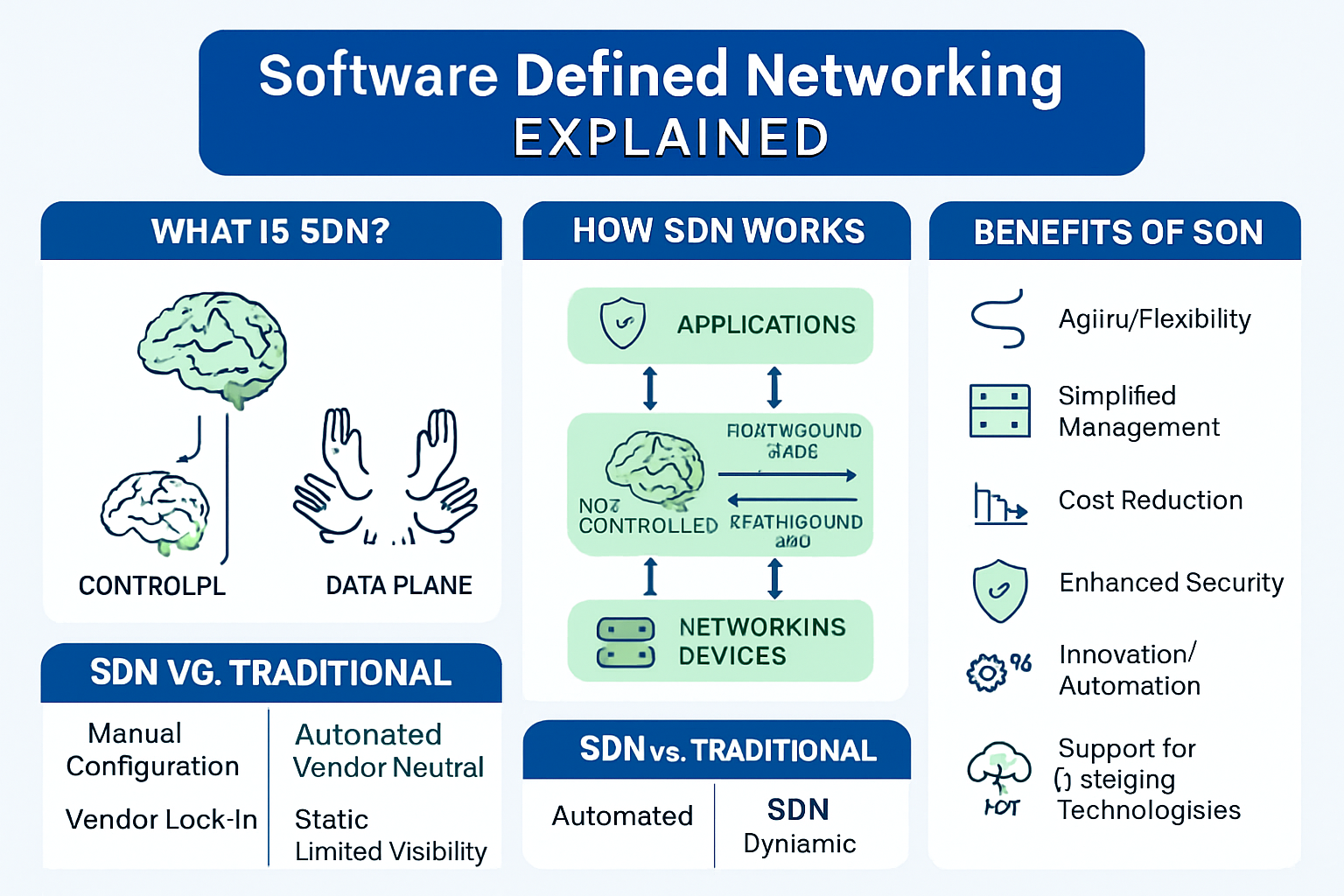
The web has evolved from simple static pages to complex, interactive applications that rival their desktop counterparts.
This evolution demands higher performance, and in 2025, developers are increasingly turning to WebAssembly (Wasm) to push the boundaries of what’s possible in a browser.
By compiling languages like C and C++ into this high-performance binary format, developers can unlock near-native speed for web applications, a feat that was once considered a distant dream.
For years, JavaScript has been the undisputed king of web development.
However, for computationally intensive tasks like 3D rendering, video editing, scientific simulations, and gaming, JavaScript’s performance can be a bottleneck.
WebAssembly complements JavaScript by providing a way to run code written in languages like C at significantly faster speeds.
It’s not about replacing JavaScript, but augmenting it to create a more powerful and responsive web experience.

The Power of C and WebAssembly
C, known for its performance and low-level control, is a natural fit for tasks that demand high computational power.
When compiled to WebAssembly, C code can execute in the browser at a fraction of the time it would take for equivalent JavaScript.
This is because Wasm is a pre-compiled binary format that the browser can execute much more efficiently than parsing and interpreting JavaScript’s text-based code.
The benefits of this powerful combination are numerous:
Near-Native Performance: For CPU-heavy operations, WebAssembly can be significantly faster than JavaScript.
Benchmarks have shown performance improvements of up to 20 times for certain tasks.
Leverage Existing Codebases: A vast ecosystem of mature and highly optimized C and C++ libraries can now be brought to the web.
This allows developers to reuse existing code, saving significant development time and effort.
Enhanced Security: WebAssembly runs in a sandboxed environment, separate from the JavaScript execution context. This provides a strong security model, protecting users from malicious code.
Cross-Platform Compatibility: Wasm is supported by all major modern browsers, ensuring that your high-performance web applications can reach a wide audience without the need for plugins.
Getting Started: Compiling C to WebAssembly
The primary tool for compiling C and C++ to WebAssembly is the Emscripten toolchain.
Emscripten is a complete compiler toolchain that not only compiles your C code to a `.wasm` file but also generates the necessary JavaScript “glue” code to load and run the module in a web environment.
Here’s a simplified look at the process:
1. Set up your environment: You’ll need to install the Emscripten SDK.
2. Write your C code: Create your C functions that you want to run in the browser. For example, a simple function to add two numbers:
“`c
#include <stdio.h>
int add(int a, int b) {
return a + b;
}
“`
3. Compile with Emscripten: Use the `emcc` command to compile your C code.
“`bash
emcc add.c -o add.js
“`
This command will generate `add.wasm` (the WebAssembly module) and `add.js` (the JavaScript glue code).
4. Integrate with your web page: In your HTML file, you’ll include the generated JavaScript file and then you can call your C function from your JavaScript code.
“`html
<!DOCTYPE html>
<html>
<head>
<script src=”add.js”></script>
<script>
Module.onRuntimeInitialized = function() {
console.log(Module._add(5, 10)); // Call the C function
};
</script>
</head>
<body></body>
</html>
“`
This is a basic example, but it demonstrates the fundamental workflow of getting your C code running on the web with WebAssembly.
Key Considerations for 2025
While the power of C and WebAssembly is undeniable, there are important aspects to consider for a successful implementation in 2025:
Memory Management: WebAssembly does not have a built-in garbage collector like JavaScript.
This means developers are responsible for manual memory management, allocating and freeing memory as needed.
Tools like Emscripten’s Embind can help manage the interaction between C++ objects and JavaScript.
Debugging: Debugging WebAssembly can be more complex than debugging JavaScript.
However, modern browsers like Chrome provide powerful debugging tools.
By compiling with the `-g` flag in Emscripten, you can enable source mapping, which allows you to set breakpoints and step through your original C/C++ code in the browser’s developer tools.
The C/C++ DevTools Support (DWARF) Chrome extension is essential for a smoother debugging experience.
JavaScript Interoperability: The communication between JavaScript and WebAssembly is a critical aspect to optimize.
While the “glue” code generated by Emscripten handles much of this, minimizing frequent calls between the two environments and efficiently passing data are key to maintaining high performance.
Real-World Applications and the Future
The adoption of WebAssembly is growing rapidly, with major companies leveraging its power for their web applications.
Figma, the popular design tool, famously uses a C++ engine compiled to WebAssembly to achieve its smooth and responsive user interface.
Other companies like Adobe, Microsoft, and Cloudflare are also utilizing WebAssembly in various products and services.
Looking ahead, the future of WebAssembly with C and C++ is bright.
The ongoing development of the WebAssembly standard, including proposals for garbage collection and improved tooling, will further simplify the development process and expand its capabilities.
The WebAssembly System Interface (WASI) is also maturing, which will make it easier to run Wasm modules outside of the browser, opening up new possibilities for server-side applications and edge computing.
In 2025, WebAssembly with C is no longer an experimental technology but a production-ready solution for building the next generation of high-performance web applications.
By understanding its strengths and best practices, developers can unlock a new level of speed and capability for the web.
